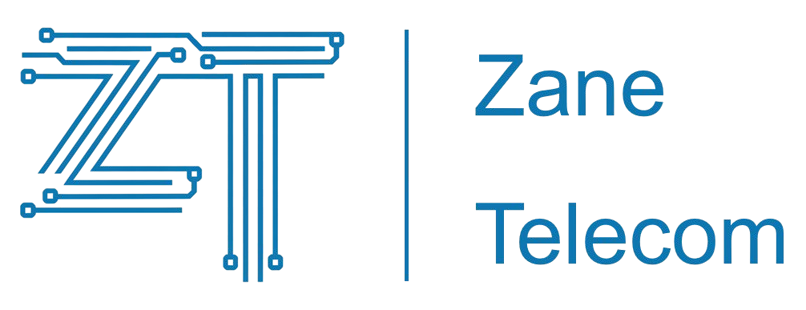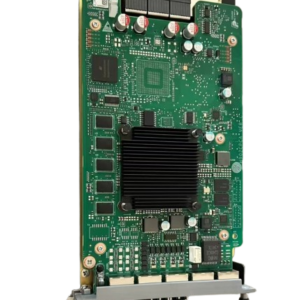Description
SmartAX MA5800-X7 adopts a distributed forwarding architecture, with a single slot throughput of 200G, supporting large-capacity 40GPON non-blocking access; a single frame can meet 32,000 households with 100M non-blocking access, enjoying 4K TV. In order to ensure 100Mbps non-blocking access for each user in the 4K era, Huawei’s new generation of MA5800-X7 OLT should have ultra-wideband and large-capacity 4K video access aggregation capabilities, and the single-slot switching capacity needs to reach 400Gbps, which means that each slot can support 16×10G PON, 4×40G PON and 2×100G PON non-blocking access, and the entire OLT system can achieve 100M non-blocking 4K TV for 32,000 households.
Ultra-wide: Distributed architecture, large-capacity non-blocking NG-PON, elastic and scalable
The Huawei MA5800-X7 switching architecture is an important part of network switching equipment. It directly determines the application performance of network equipment. Therefore, the design of high-performance switching architecture is critical to network core equipment. With the development of broadband services, the switching architecture of network equipment has mainly gone through two stages: centralized and distributed. The centralized switching architecture relies on the central forwarding engine on the main control board to provide high-performance connections for all ports. The centralized forwarding engine checks each input packet to determine the forwarding route. This switching architecture will generate forwarding delays when the system capacity is expanded to a certain extent, causing the central forwarding engine to become a capacity and performance bottleneck. At the same time, the cost and power consumption of the system will also rise sharply and become unacceptable. Most of the early network equipment and the previous generation of OLTs adopted a centralized forwarding architecture, which was difficult to break through the limitation of switching capacity. The switching capacity was usually only tens to hundreds of Gbps, which was difficult to meet the needs of future broadband business development.
In order to cope with ultra-broadband applications such as 4K video, online education, online medical care, and cloud office, the new generation of OLT adopts a distributed switching architecture, and adopts a distributed design in both the data forwarding and control layers. In the data forwarding layer, the distributed architecture no longer relies on the centralized forwarding engine on the main control board. Each service board has its own independent forwarding engine, which can realize the distributed table lookup and forwarding of data packets on the service board, thereby alleviating the pressure on the main control board and greatly improving the switching capacity and performance of the system. In the control layer, the CPU also adopts a distributed design. The CPU on the main control board is responsible for the whole machine control scheduling, the learning and distribution of the second and third layer forwarding table items; the service board CPU is mainly responsible for local table lookup and service board status maintenance, which realizes distributed computing and forwarding table item query, and improves the OLT forwarding efficiency.
MA5800-X7 chassis dimensions, weight, and power supply parameters
| project | Numeric |
|---|---|
| Dimensions without mounting ears (width x depth x height) | 442.0mm×268.7mm×263.9mm |
| Dimensions with IEC mounting ears (width x depth x height) | 482.6mm×268.7mm×263.9mm |
| Dimensions with ETSI mounting ears (width x depth x height) | 535.0mm×268.7mm×263.9mm |
| Maximum weight when fully configured (with mounting ears) | 26 kg |
| Power supply | DC (dual power backup) |
| Rated voltage | -48V/-60V |
| Operating voltage range | -38.4V~-72V |
| Maximum input current per channel | 40A |












Reviews
There are no reviews yet.